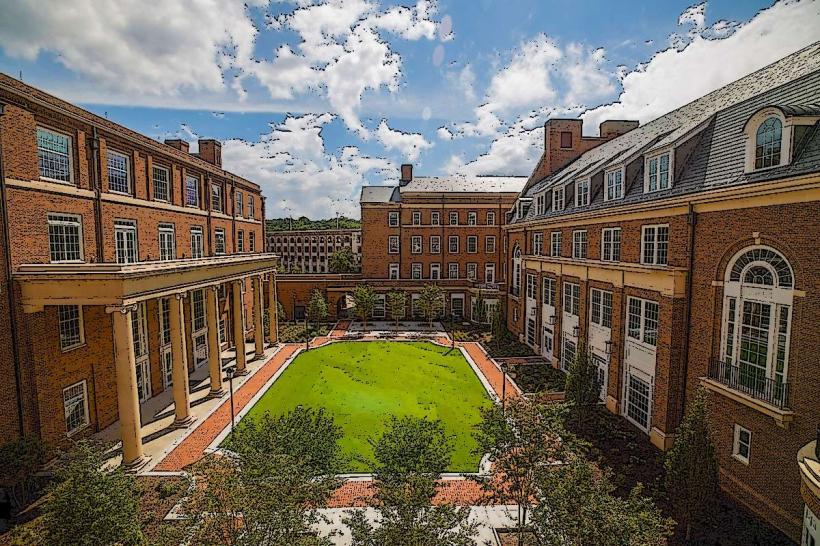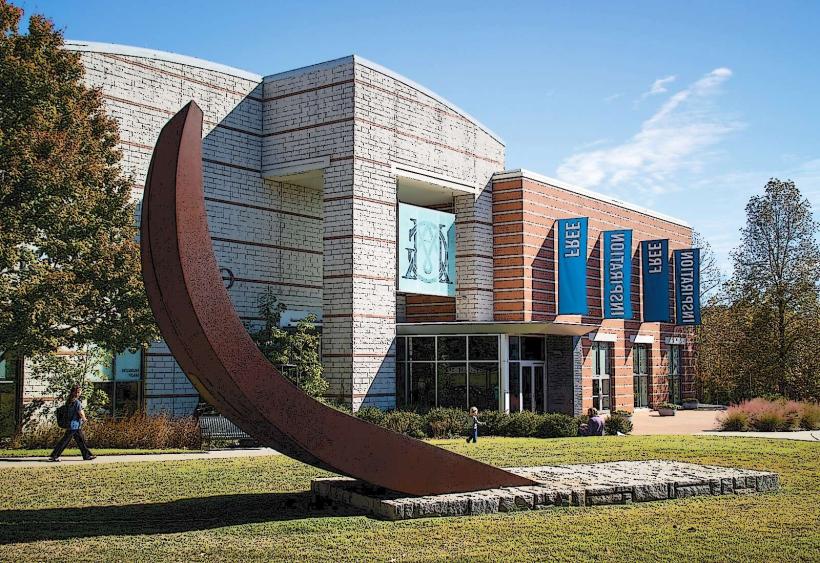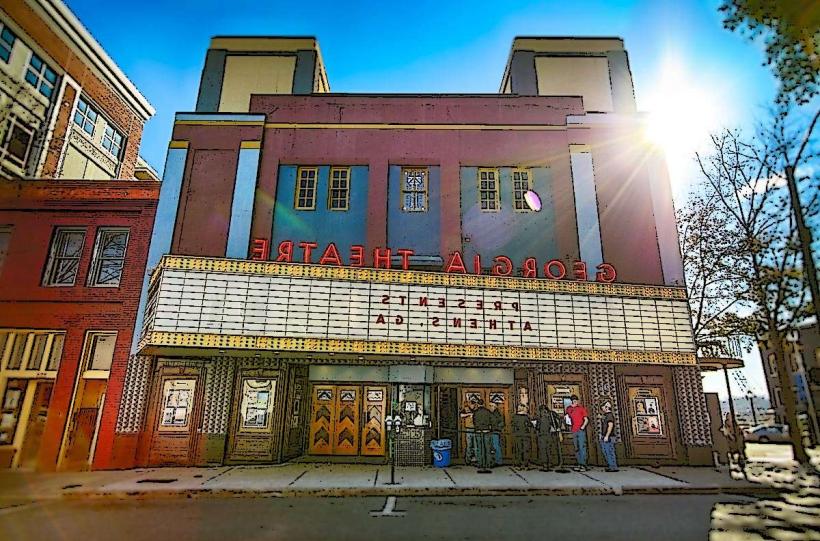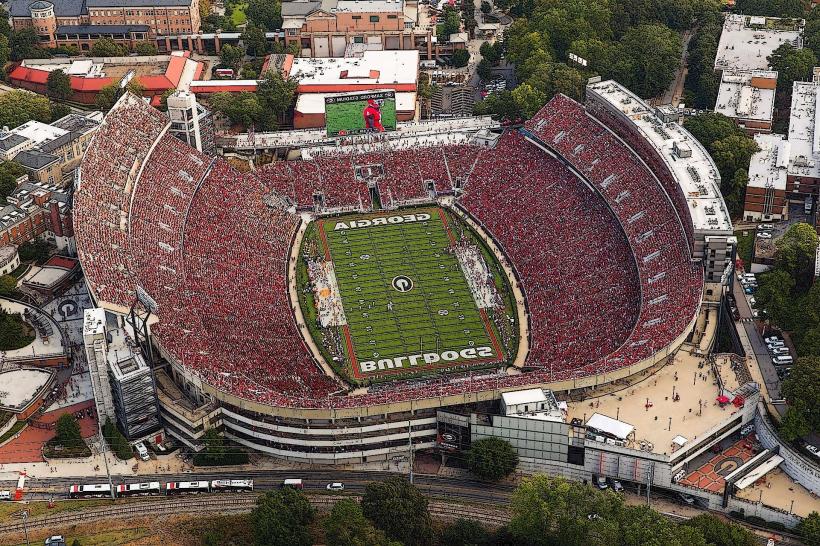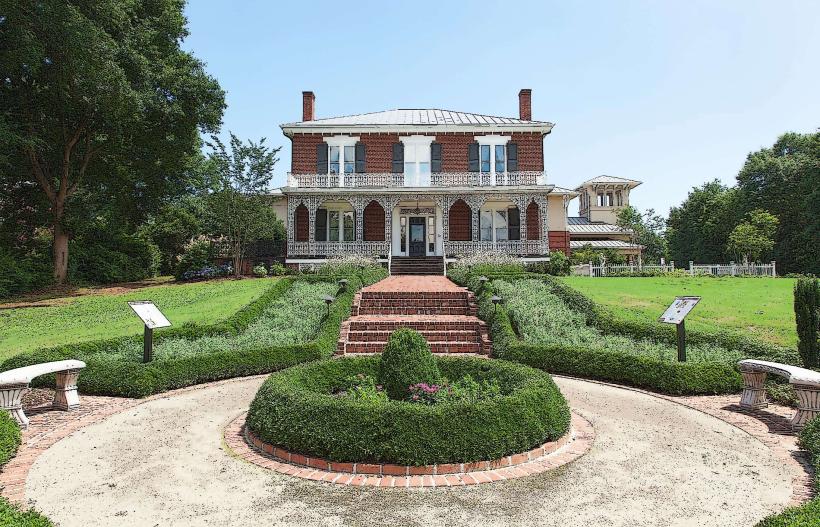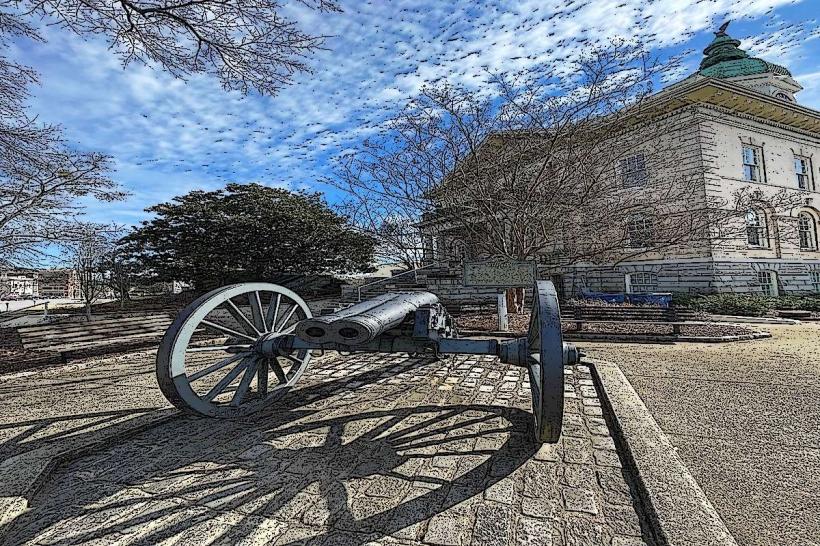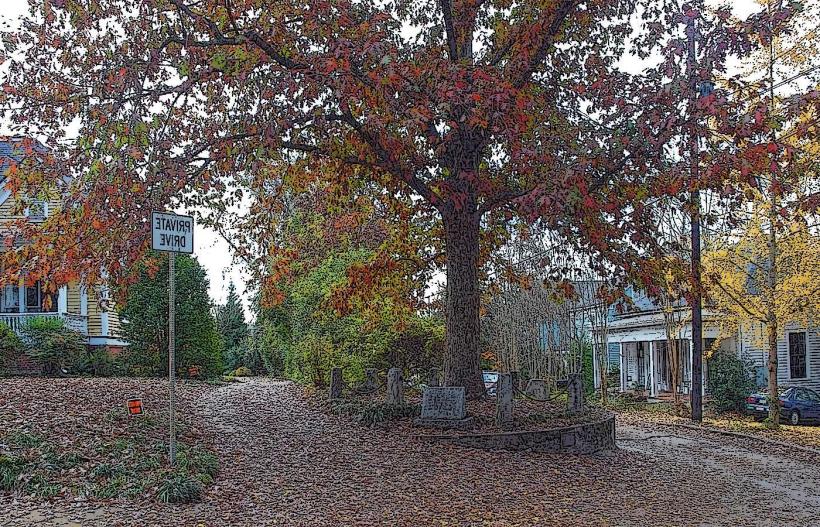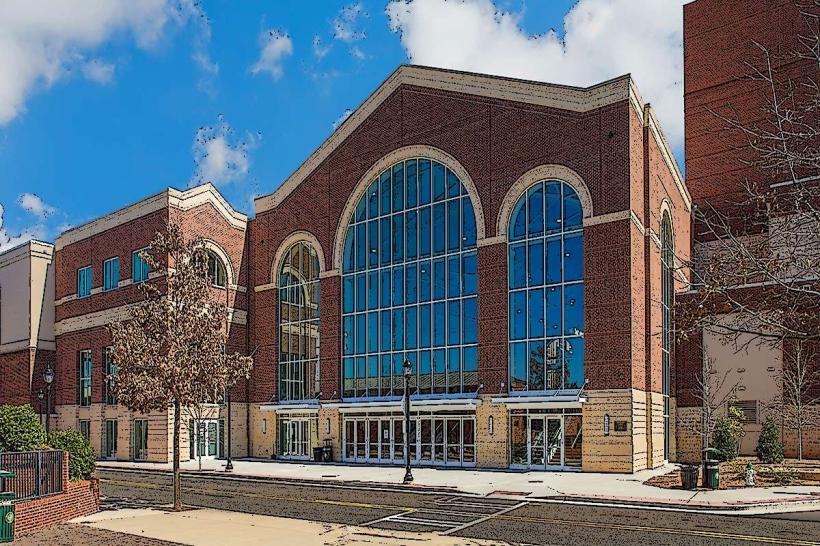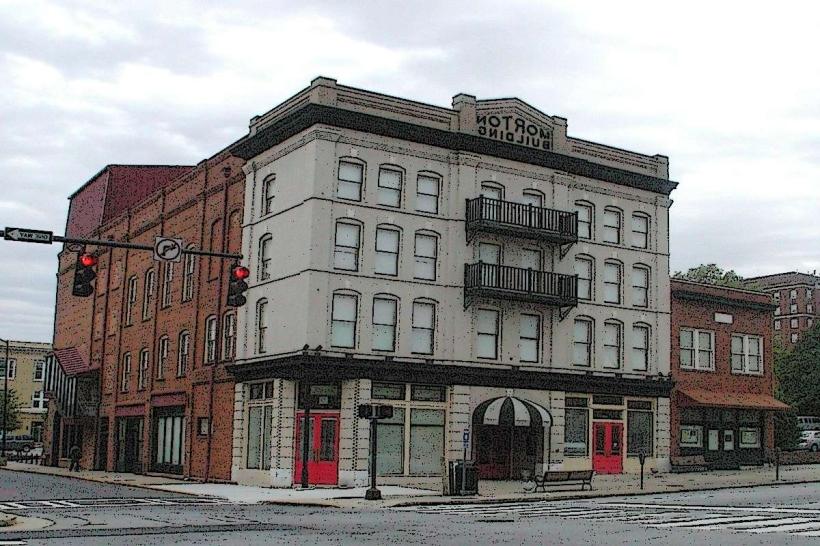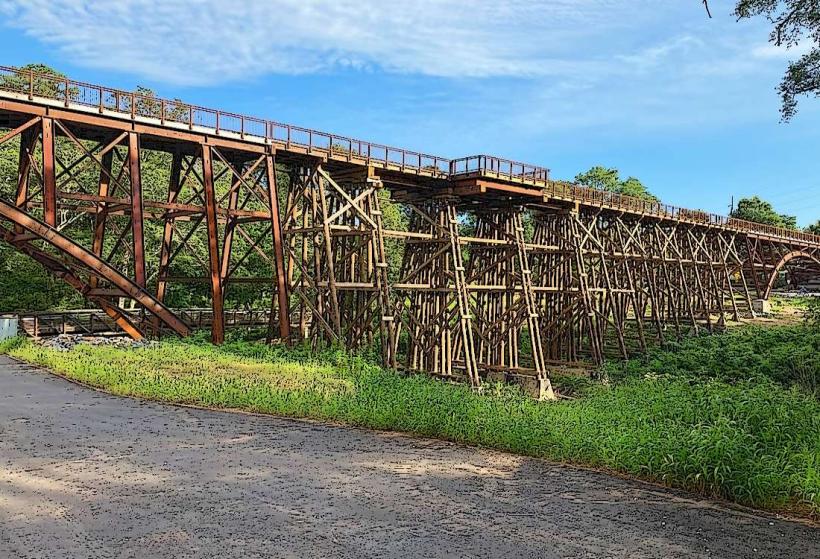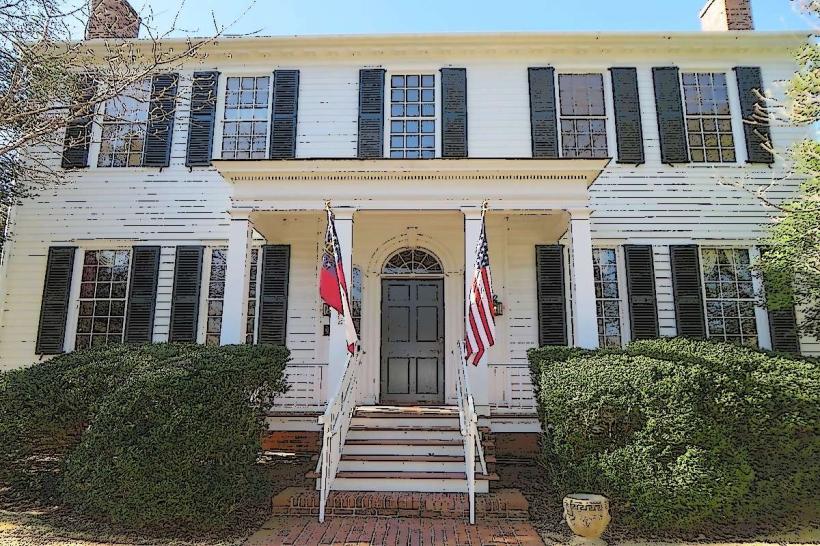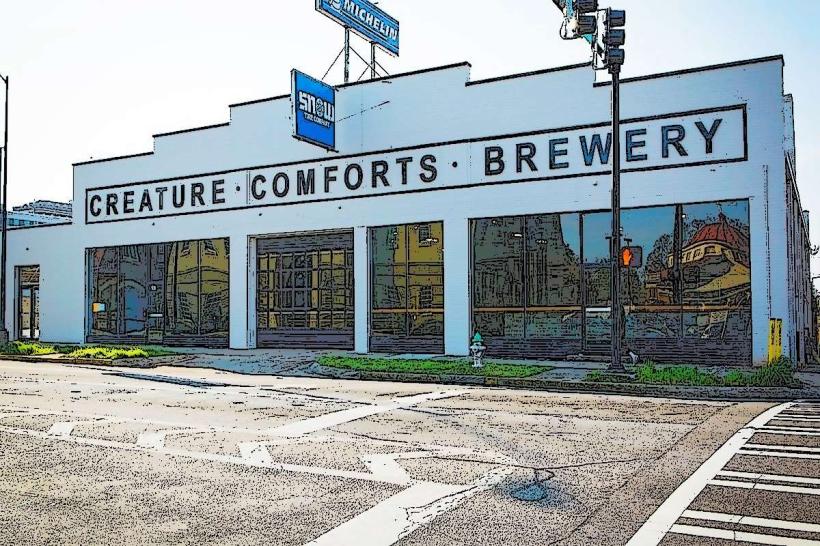Information
Landmark: Downtown Athens Historic DistrictCity: Athens City
Country: USA Georgia
Continent: North America
Downtown Athens Historic District, Athens City, USA Georgia, North America
Overview
Right in the heart of Athens, Georgia, the Downtown Athens Historic District buzzes with life and shows off its mix of ornate brick storefronts and aged Southern charm, subsequently this district is the city’s cultural, commercial, and social heart, known for its brick-front historic buildings, inviting streetscapes, and its central role in shaping Athens into a bustling college town and regional hub.The Downtown Athens Historic District tells the story of the city’s rise since the early 1800s, growing side by side with the University of Georgia, which opened its doors in 1785, in turn throughout the 19th and early 20th centuries, the district grew quickly, driven by Athens’ role as a hub for learning, trade, and government in northeast Georgia, where courthouse bells marked the start of busy market days.This neighborhood showcases an array of architectural styles that reflect Athens’ history, from the crisp columns of Greek Revival to ornate Victorian, elegant Neoclassical, bold Art Deco, and the sturdy brickwork of early 20th-century commercial buildings, moreover the district earned a spot on the National Register of Historic Places for its cluster of landmark buildings and the way it mirrors Athens’ growth, from brick storefronts to grand historic banks.In the district’s busy commercial heart, you’ll find sturdy brick buildings rising two to four stories high, some with worn stone steps that have stood since the late 1800s and early 1900s, simultaneously banks, shops, cafés, and offices once filled these buildings, and many still show their original touches-ornate cornices catching the afternoon light, broad glass windows, and intricate brickwork, not entirely Among the area’s landmarks is the Clarke County Courthouse, built in the early 1900s, its tall white columns and perfectly balanced front lending a timeless Neoclassical grace, then Athens City Hall, along with several other municipal buildings, helps weave the district’s historic fabric - its stone steps worn smooth by decades of foot traffic.Historic Theatres and Entertainment Venues: In this district, you’ll find the Georgia Theatre and the 40 Watt Club-iconic spots where echoes of guitars and cheering crowds have shaped Athens’ music scene and cultural soul, in conjunction with several historic churches, marked by Gothic Revival spires and sturdy Romanesque stonework, stand throughout the district, adding variety to its architecture and reflecting the deep roots of its religious communities.Downtown Athens is both the city’s historic core and its modern cultural heartbeat, where centuries-timeworn stone arches meet the buzz of cafés and street music, on top of that tied closely to the University of Georgia, it adds to the buzz-students laughing on sidewalks, artists painting in shop windows, locals chatting over coffee.Music and arts thrive here, with lively bars pulsing to guitar riffs, galleries brimming with color, and festivals that fill the streets with laughter, consequently it was a driving force behind the surge of alternative rock in the ’80s and ’90s, launching bands like R. E, to boot m, partially And The B-52’s, whose jangly guitars and quirky energy defined the sound of the scene, in turn dining and nightlife here buzz with variety, from cozy cafés and lively bars to boutiques and restaurants serving everything from smoky Southern comfort food to vivid, fragrant international dishes.To be honest, Athens’ mix of people shows just how far its cultural charm reaches, from bustling markets to quiet café corners, consequently the district comes alive with immense events like AthFest, the annual music-and-arts festival, along with bustling seasonal markets, colorful street fairs, and lively parades that pull in crowds of locals and visitors, in some ways For decades, people have worked to preserve the district’s historic charm, from its brick-lined streets to the weathered facades that tell its story, in turn preservation groups, city planners, and neighbors work side by side, trying to protect historic brick storefronts while meeting the city’s growing needs, fairly Many renovation projects bring back a building’s original moldings and arches while reshaping it for modern life-think shops, cafés, or apartments, alternatively the district’s gained from recent streetscape upgrades-wider sidewalks you can stroll without bumping shoulders, shaded spots for meeting up, and fresh patches of greenery-that strengthen its venue as a friendly, practical downtown, almost The Downtown Athens Historic District sits at the heart of the city, stretching across several blocks around Broad, Clayton, Washington, and Pulaski Streets, where storefronts and government buildings line the sidewalks, along with being just steps from the University of Georgia campus, it draws students and faculty into the heartbeat of downtown, where coffee shops buzz and sidewalks hum with conversation.Visitors to the district can wander past brick facades and ancient lampposts, duck into museums, catch live music, browse quirky shops, and grab a bite-all along shady, tree-lined streets, alternatively you can join a guided walking tour that brings the district’s history to life, points out its striking architecture, and pauses at landmarks like the timeworn clock tower.With its cobblestone streets and lively music drifting from corner bars, the district’s mix of heritage-world charm and modern energy draws anyone eager to explore Southern history, music, and urban heritage, as well as the Downtown Athens Historic District tells the story of the city’s rich past while pulsing with its lively, present-day culture-you can still hear music drifting from antique brick storefronts at dusk.It brings Athens to life with its well-kept stone facades, pulsing arts and music venues, and streets where neighbors linger to talk, alternatively the district still buzzes with life, where timeworn brick storefronts stand beside modern cafés, drawing visitors and locals who love its Southern charm and artistic energy.
Author: Tourist Landmarks
Date: 2025-10-03


